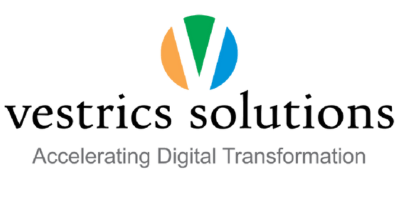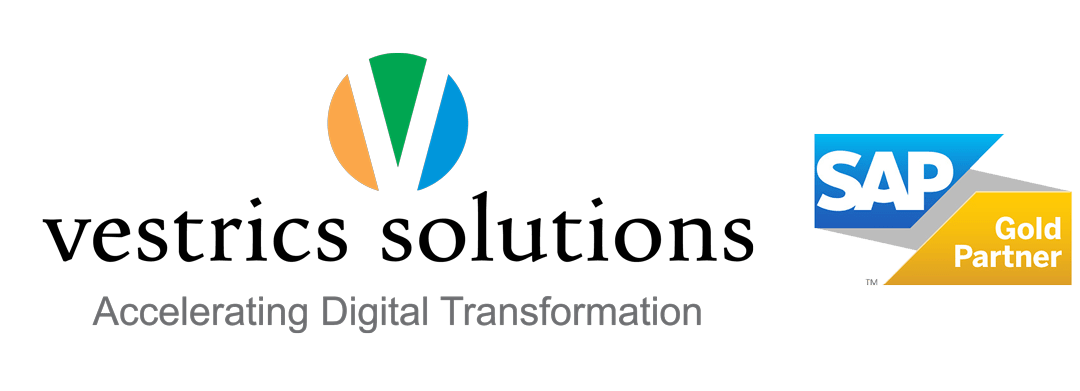Microsoft Power BI is a robust data visualization platform specifically designed for business intelligence purposes. It caters to users with varying levels of data knowledge, offering a range of visualization options such as graphs, maps, charts, and scatter plots.
Power BI encompasses multiple applications, including Power BI Desktop, Pro, Premium, Mobile, Embedded, and Report Server, each serving different functionalities. While some applications are free, the pro and premium versions offer enhanced analytics capabilities through paid subscriptions.
Power BI is also a component of Microsoft’s Power Platform, which includes Power Apps, Power Pages, Power Automate, and Power Virtual Agents. These complimentary tools empower businesses to analyze and visualize data, design solutions, automate processes, and create chatbots without extensive coding requirements.
Listed down are few ways Power BI can help transform businesses:
Merge Multiple Datasets into a Single Dashboard
Creating a consolidated dashboard that presents data from multiple datasets is a straightforward process using Power BI. This platform offers flexible visualizations that can be customized to deliver essential business metrics comprehensibly. By leveraging various add-ons, the dashboard can be enriched with creative charts and graphs that showcase data from different sources.
One such add-on is Power KPI, which provides key performance indicators along with relevant information in an easy-to-understand dashboard format. The user can customize the look and feel of the visuals and define the underlying business logic to drive the dashboard’s insights. An integrated dashboard, drawing from multiple datasets and charts, is an excellent tool for executives to gain quick insights into the data, especially when working remotely or using different devices.
Easy and Accessible Insights
It is not a prerequisite for users to have a background in data science or programming to utilize Power BI for data analysis. The tool is designed to be user-friendly, featuring interactive visualizations and detailed information that makes it easy to understand reports. Creating a dashboard involves a simple drag-and-drop process, allowing users to quickly organize and customize their data by downloading free add-ons from Microsoft and third-party apps.
Power BI Desktop also offers a useful “analyze” button feature, which allows users to gain quick insights into their data by clicking on a data point and selecting from a range of chart options such as ribbon, scatter, stacked column, and waterfall charts to demonstrate growth and reduction trends.
Visualize Existing Services’ Data
Power BI offers a vast array of content packs, templates, and integrations that enable businesses to visualize data from a variety of products, apps, and services they already use. This includes accounting software like Xero, business process-building tools like K2 Cloud, and popular services like Salesforce, Mailchimp, Google Analytics, and GitHub. With Power BI, users can create custom dashboards, generate reports, and collate data from these services.
Power BI also boasts unparalleled Excel integration, allowing for quick connection to Excel queries, data models, and reports to analyze, publish, and share business data in new ways. Moreover, businesses can set up on-premises gateways to explore data sets on their servers, giving them greater control over who can view sensitive information. This feature allows users to create reports, perform calculations, and set access levels for individual users and data sources.
Easy Collaboration
Power BI facilitates collaborative work on reports and dashboards, enabling teams to collaborate and share insights effortlessly. This helps to enhance communication and collaboration among departments and groups, ultimately leading to informed decision-making that propels business growth. With Power BI, users can collaborate on data analysis projects, thus making it easier to draw actionable insights from the data.
Moreover, Power BI allows users to share their reports and dashboards with stakeholders, giving them the information, they need to make informed decisions. This feature enhances transparency and lets stakeholders stay updated on key metrics and performance indicators, thus helping them make data-driven decisions that align with business objectives.
Simplify Data Analysis
Power BI offers a user-friendly interface that makes it easy for business analysts to conduct complex data analysis. The platform allows users to import data from various sources, such as Excel spreadsheets, cloud-based and on-premises data sources, and third-party applications. The data can be transformed, modelled, and cleaned using the built-in tools and accessed through a simple drag-and-drop interface.
This platform also offers a wide range of pre-built data visualizations, including charts, graphs, and maps, which can be customized to meet specific business needs. This simplified data analysis process allows businesses to make better data-driven decisions, which can positively impact their bottom line.
In 2023, Power BI continues to be a powerful business intelligence tool that can be utilized across various industries. Here are some examples of how different industries can leverage Power BI:
- Retail: Retailers can use Power BI to analyze sales data, track inventory levels, and monitor customer trends. They can create interactive dashboards to gain insights into product performance, optimize pricing strategies, and identify opportunities for cross-selling and upselling.
- Healthcare: Power BI can help organizations analyze patient data, monitor key performance indicators, and improve operational efficiency. It can be used to track patient outcomes, identify patterns in disease management, and optimize resource allocation within hospitals or healthcare systems.
- Finance: Financial institutions can use Power BI to analyze market trends, monitor financial performance, and assess risk. It can assist in creating dynamic financial reports, visualizing investment portfolios, and generating regulatory compliance reports. Power BI can also facilitate real-time monitoring of financial transactions and help detect fraudulent activities.
- Manufacturing: Power BI can be employed in manufacturing industries to track production metrics, monitor equipment performance, and optimize supply chain management. It enables real-time monitoring of production lines, identifies bottlenecks, and provides predictive analytics for maintenance and quality control.
- Education: Power BI can aid educational institutions in analyzing student data, tracking performance metrics, and identifying areas for improvement. It can help administrators visualize enrollment trends, measure student outcomes, and assess the effectiveness of educational programs.
- Energy: Power BI can assist energy companies in visualizing energy consumption patterns, optimizing energy production, and monitoring environmental impact. It can provide real-time data on energy usage, identify energy-saving opportunities, and track sustainability goals.
- Marketing: Power BI is valuable for marketers to analyze campaign performance, track customer behavior, and measure the effectiveness of marketing efforts. It can integrate data from various marketing channels, such as social media, email campaigns, and website analytics, to provide comprehensive insights and facilitate data-driven decision-making.
- Transportation and Logistics: Power BI can help companies optimize routes, track vehicle performance, and manage logistics operations. It enables real-time tracking of shipments, monitors delivery performance, and provides insights into fuel efficiency and maintenance schedules.
Conclusion:
Power BI has emerged as a transformative tool for businesses, revolutionizing how data is utilized to drive decision-making and foster growth. By leveraging Power BI effectively, businesses can gain a competitive edge and drive innovation. Power BI provides a comprehensive solution that propels businesses towards data-driven success, unlocking new opportunities and enabling sustainable growth in today’s competitive landscape.






